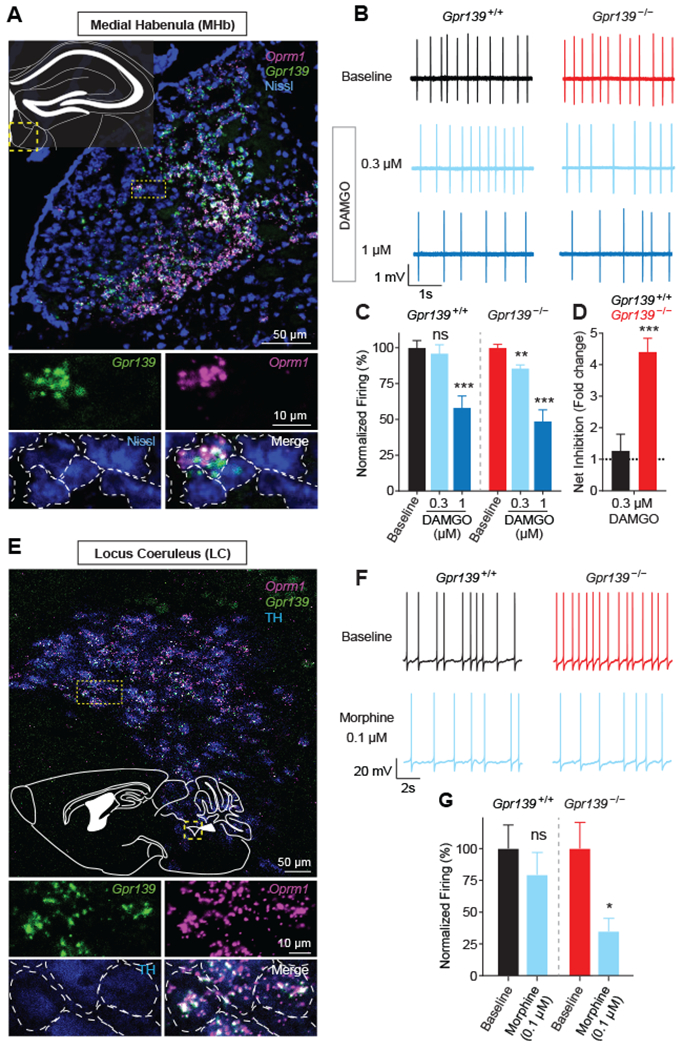Fig. 4. GPR139 inhibits opioid modulation of neuronal firing.

(A) In situ hybridization showing extensive coexpression of MOR mRNA (Oprm1) and Gpr139 in medial habenula (MHb) neurons. (B) Representative traces showing changes in MHb neuron firing in response to different doses of DAMGO in Gpr139+/+ and Gpr139−/− mice. (C) Quantification of normalized firing frequency in MHb neurons shows responsiveness to low DAMGO concentration (0.3μM) in Gpr139−/− but not Gpr139+/+ (n = 11 cells from 6 mice per genotype). (D) Quantification shows MHb neurons from Gpr139−/− animals have increased net inhibition of neuronal firing following DAMGO treatment. (E) In situ hybridization showing Oprm1 and Gpr139 coexpression in locus coeruleus (LC) neurons. (F) Representative traces showing changes in LC neuron firing in response to morphine in Gpr139+/+ and Gpr139−/− mice. (G) Quantification indicates morphine inhibits firing of LC neurons from Gpr139−/− mice but not Gpr139+/+ animals (n = 7-9 cells from 4-6 mice per genotype). All results were reported as mean ± SEM. Significance tested using unpaired Students’ t test. *p < 0.05; **p < 0.01; ***p < 0.001, ns = not significant
